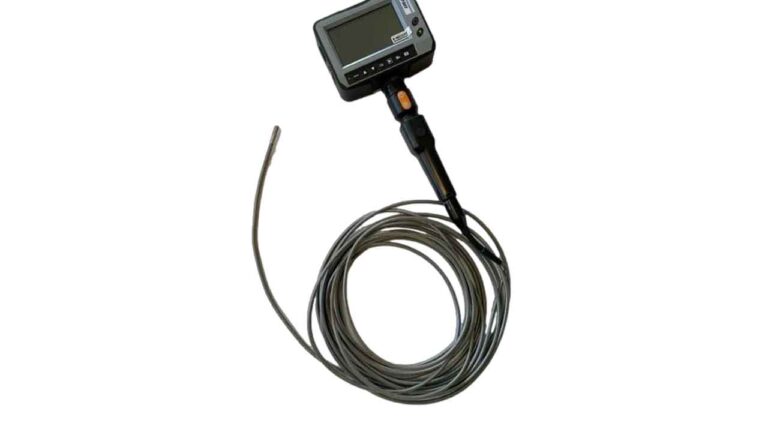
In today’s rapidly shifting global marketplace, the need for seamless coordination across supply chain teams has never been greater, and this is where modern S&OP software plays a transformative role. From forecasting demand and aligning production plans to managing inventory levels and responding to unexpected disruptions, the right technology empowers different functional teams—from sales, operations, finance, and procurement—to speak a common language and act from a shared set of data. When organisations implement this kind of connected platform, they unlock improved transparency, stronger collaboration, and quicker decision-making. In this blog, we explore how advanced planning tools strengthen team alignment, support real-time interaction, and deliver measurable improvements in supply chain performance.
Breaking down silos between functions
One of the most significant barriers to effective supply chain execution is the presence of functional silos—sales forecasting operating independently from manufacturing planning, and procurement disconnected from logistics. A modern S&OP software solution unifies these disparate teams by providing a shared planning environment. For example, sales teams can input upcoming promotions or campaign changes, operations can model capacity constraints, and finance can view the projected cost implications—all in one dashboard. This shared view fosters transparency and accountability: everyone sees the same numbers, understands how their decisions affect others, and can align around a single plan. According to thought-leadership from John Galt Solutions, the collaborative practice built into executive S&OP encourages teams to “see the business through the other person’s eyes.”
Enabling faster and more informed decision-making
When supply chain teams operate in isolation, critical decisions may be delayed or based on outdated information. By contrast, modern S&OP platforms deliver real-time insights and scenario modelling capabilities that enable teams to respond more rapidly. For instance, when raw material shortage threatens fulfillment, procurement, operations, and demand planning can convene virtually, simulate alternative sourcing, evaluate delivery trade-offs, and update the plan on the fly. This “what-if” agility reduces response time and ensures alignment across functions. Moreover, teams can see implications for inventory optimization in one place—reducing excess safety stock without increasing risk of stock-outs.
Improving alignment between strategy and execution
Effective S&OP is not simply about planning—it is about linking strategy to execution. With modern software, supply chain leadership, business unit heads, and functional managers can review performance metrics (e.g., forecast accuracy, fill-rate, cost per order) in a unified framework. They can track how well the plan is being executed, identify gaps, and take corrective action. As John Galt’s research notes, when the cross-functional process is maintained with discipline, “everyone begins to see the business through the other person’s eyes” and the team moves as one. In practical terms, the platform enables one version of the truth—creating trust in data and reducing arguments over whose numbers are correct.
Driving continuous improvement and value
Another advantage of leveraging S&OP software is that it supports continuous performance improvement rather than one-time fixes. Teams can track trend lines: Are forecast-to-actual variances narrowing? Is supply chain responsiveness improving? Are we achieving better inventory optimization while meeting service targets? Over time, this builds a culture of data-driven improvement and stronger collaboration—not only among planning teams but across procurement, operations, sales, and logistics. A recent case study of a major manufacturer showed forecast accuracy improved by 20 % and inventory turns increased significantly after implementing an S&OP solution.
In sum, modern S&OP software offers far more than a planning tool—it becomes a collaborative hub that brings together disparate supply chain functions, drives faster decision-making, aligns strategy with execution, and fosters continuous improvement. By providing one unified platform where sales, operations, procurement, finance, and logistics share data, model scenarios, and act together, organisations can raise their supply chain performance to new levels. With improved transparency, trust, and responsiveness, teams are better able to deliver results in an uncertain and dynamic environment—ultimately contributing to stronger business outcomes.





